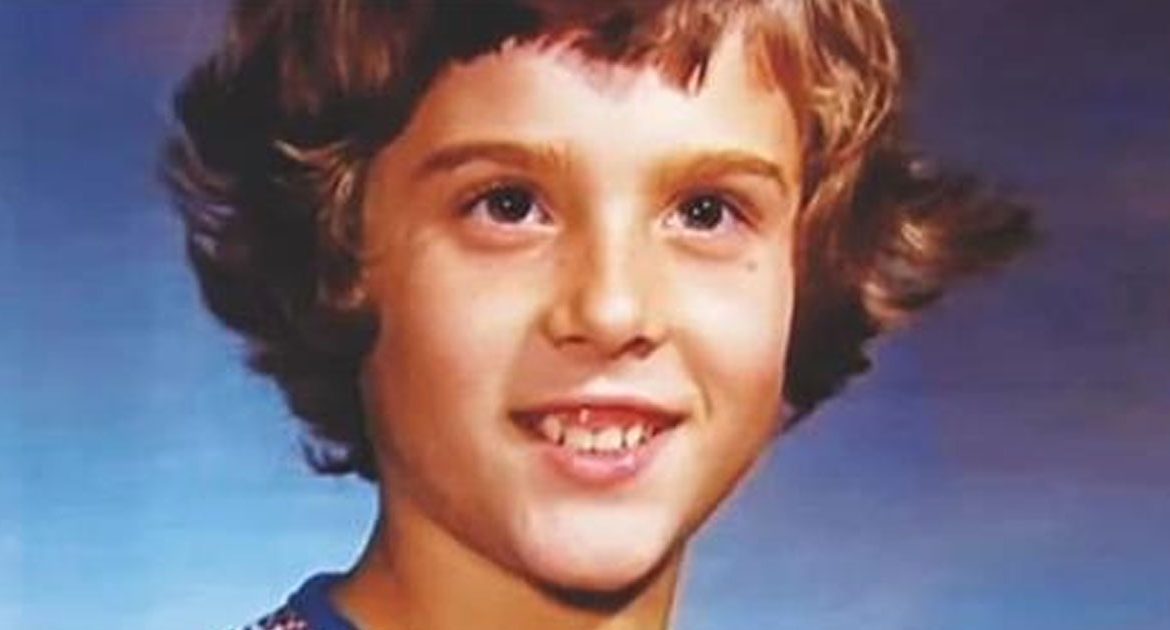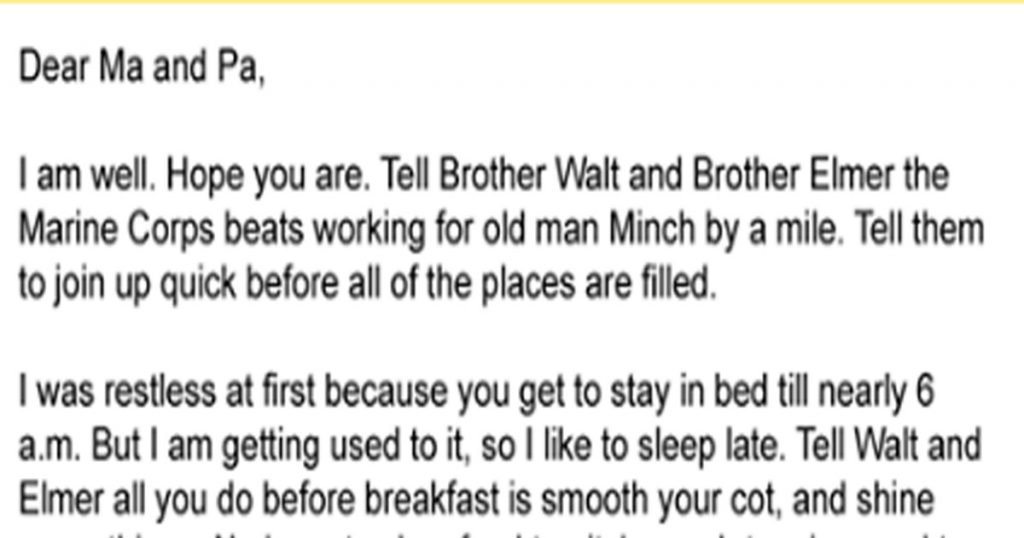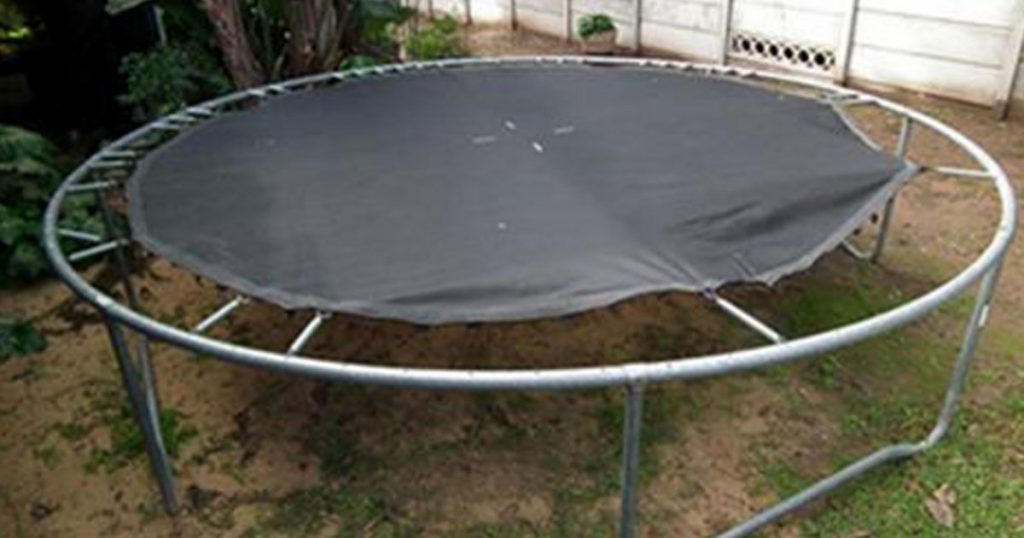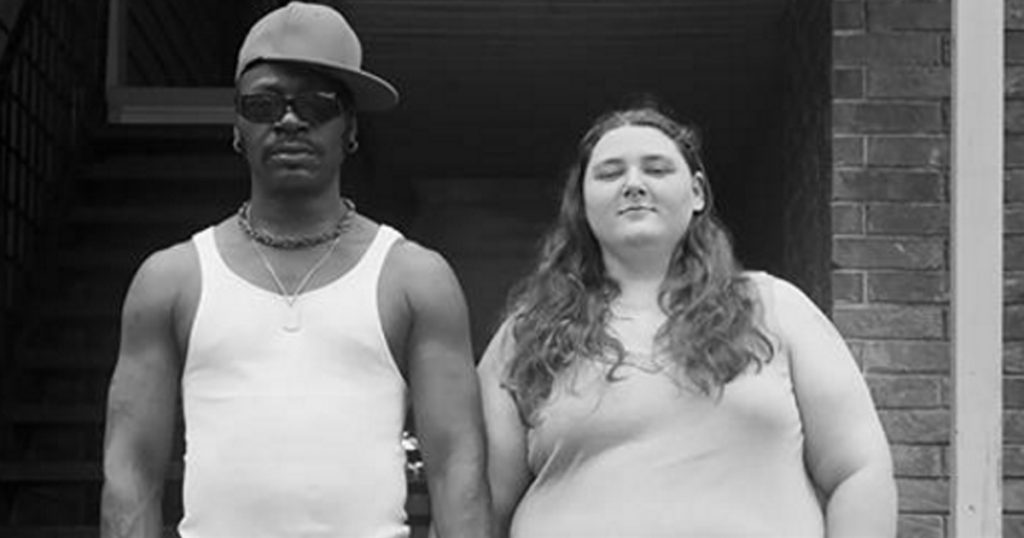Identical twins Bruce and Bryan Reimer were born in Winnipeg, Canada, in 1965. They were born healthy, but one of them would live a tragic life as consequence of a radical scientific theory.
When the twins were 7 months old, they started to have difficulty urinating, and the medical advice to solve the problem was circumcision.
The first one put through surgery was Bruce, but something happened. The electric device used during the operation failed, and things went terribly wrong. Bruce’s penis was severely burned, and there wasn’t any chance to reconstruct it.
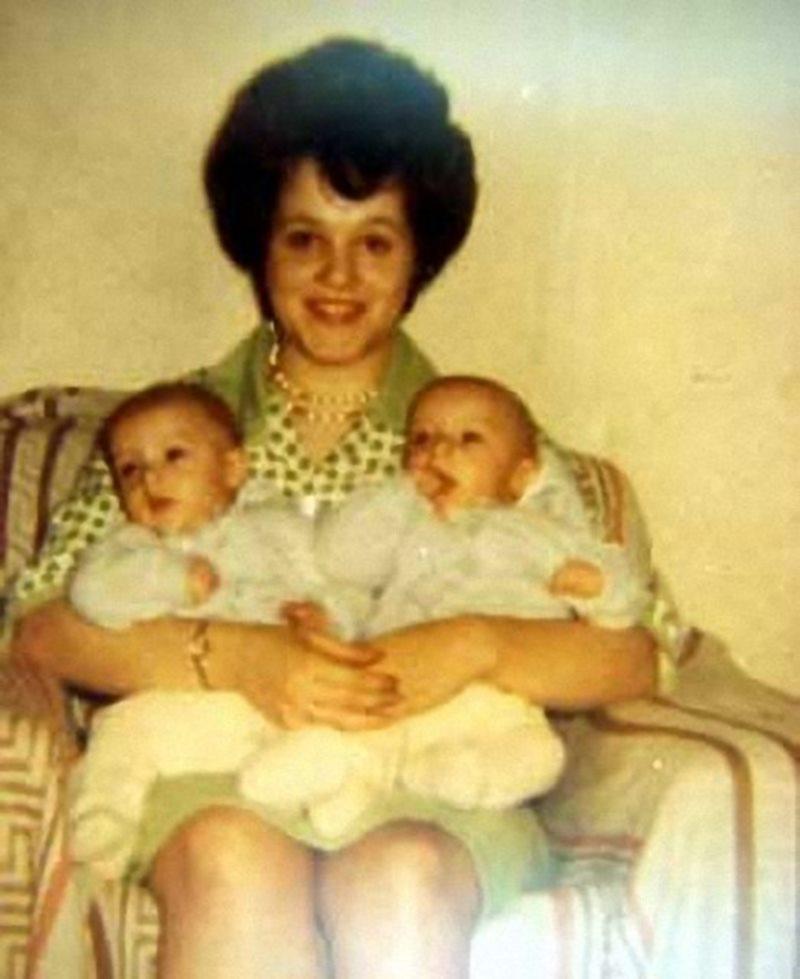
Bruce’s parents were very upset and immediately canceled the circumcision of the other twin, Brian. They didn’t know what would happen with Bruce. At that time, reconstructive surgery was in its beginning, and doctors gave a pessimistic diagnostic for Bruce’s future.
Several months later, Dr. John Money, a prominent sexologist, was presented on a TV show that caught Janet and Roy’s attention.
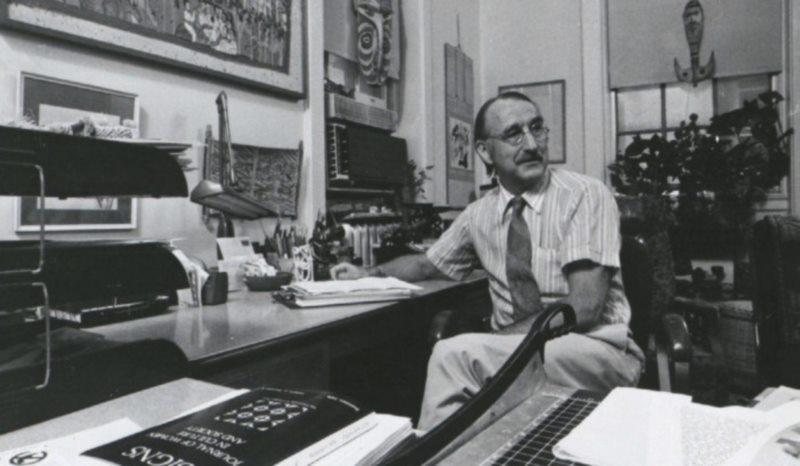
Dr. Money talked about his theories of gender identity. It was a debate about sex reassignment surgeries. Money brought a transgender woman to the show, and she looked convincible feminine. That event was enough to convince Janet of that alternative for her son Bruce. She saw Dr. Money’s theories as a lifesaver.
Janet contacted Dr. Money, whom immediately took interest in the case. Janet and Ron traveled to Baltimore, Maryland, to meet him in person. The doctor assured the Reimers they could raise Bruce as a girl.
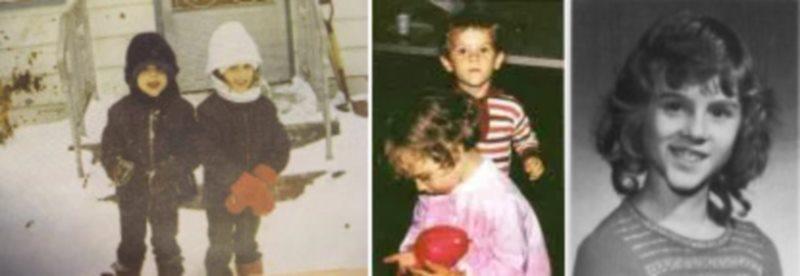
The debate “Nature vs. Nurture” finally would be answered. Money was sure he could prove his theory of a person’s gender being so fluid, that raising Bruce as a girl and some surgeries would be enough to turn him into a girl; while his twin Brian would grow as a boy
The Reimers saw Dr. Money as their savior, but actually, the Reimer twins were the perfect guinea pigs to exploit Money’s theory about biology not being determinant in our gender and that it could be modified or annulled during upbringing.
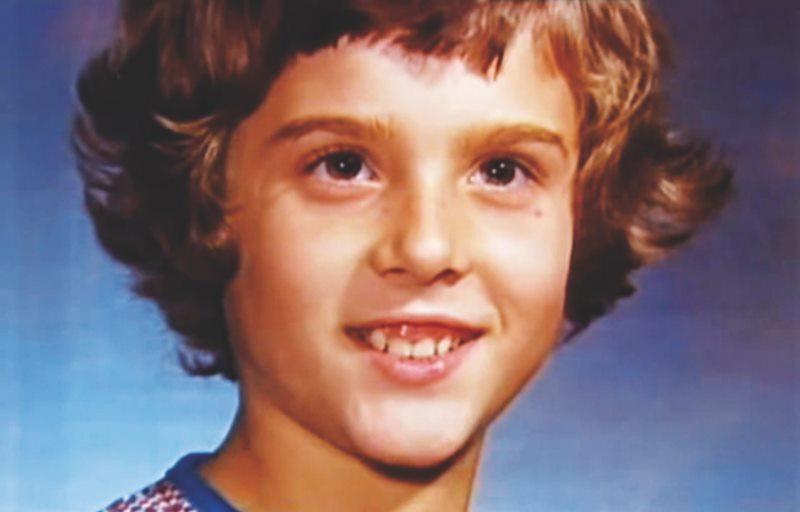
When Brue was only 17 months old, he was put through castration and genital reconstruction, then Bruce became Brenda.
That meant he would not produce testosterone – the male hormone. The remaining skin was shaped into a rudimentary vulva. Dr. Money gave strict instructions for the success of the sex reassignment: “never tell Brenda that she was ever a boy”.
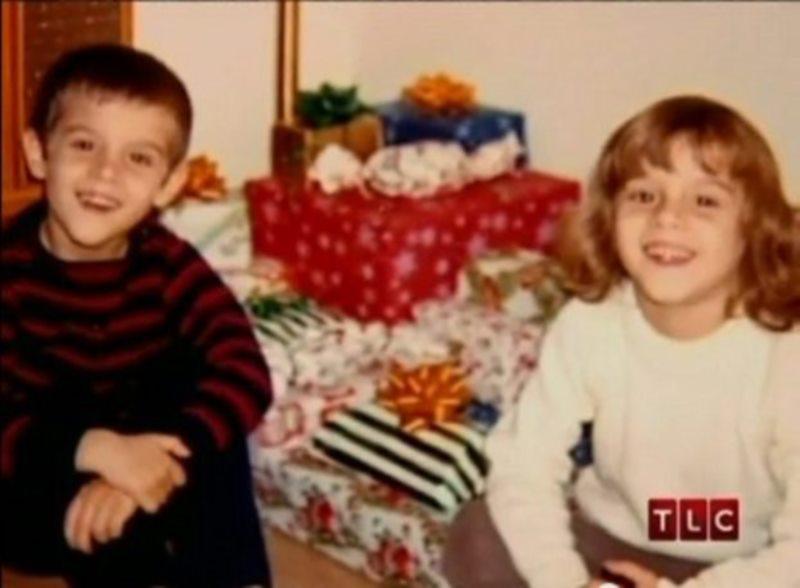
Dr. Money watched the development of the twins through the years and recorded everything as a study known as the “John/Joan case” (to preserve the anonymity of his patient). The first conclusions of the study were published in 1975.
“The girl has several “tomboy” characteristics, plenty physical energy, a high level of activity and rebellion. She is often the one leading in a group of girls and, despite everything, nobody else knows Brenda is the girl from the case the media is talking about. Her conduct is as normal as any other girl’s, and she differs of the male conduct of her twin brother”.
When Brenda turned 9 years old, the doctor concluded that the sex change was successful. However, when Brenda reached puberty at 13, she started to show suicidal feelings and problems in her relationships with other people.
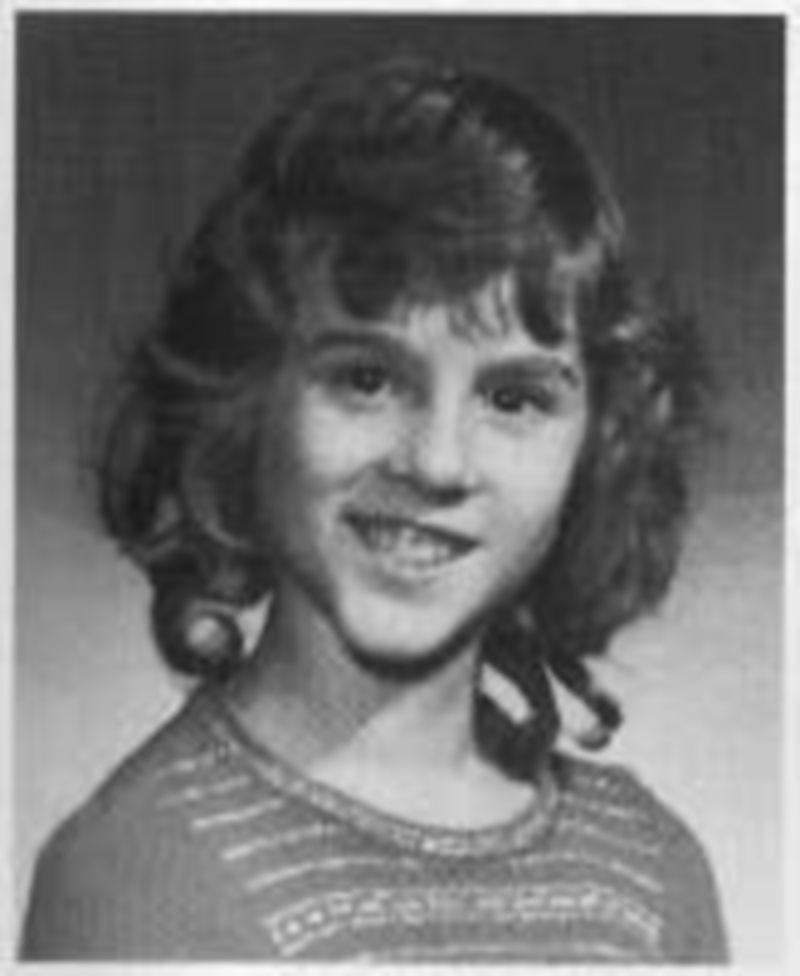
Her mother pointed out: “She was very masculine and I couldn’t persuade her to do girly things. Brenda almost didn’t had friends during her childhood. Everyone made fun of her and called her cavewoman”.
The experiment showed signs of being a terrible failure and everyone, including Brenda, could noticed how masculine she behaved. She hated to wear girly clothes, she played with her brother’s toys, she liked to run, do sports, and sometimes she had fights with boys.
Brenda became a loner and didn’t have friends, she couldn’t understand why she was feeling the way she felt. The transition Dr. Money was waiting never came.
John Money had hidden and distorted many facts, refusing to acknowledge the evidence that proved everything went wrong since the beginning. In 1970, before he even publicized the case as a success, he wrote in his notes that he was aware there were problems.
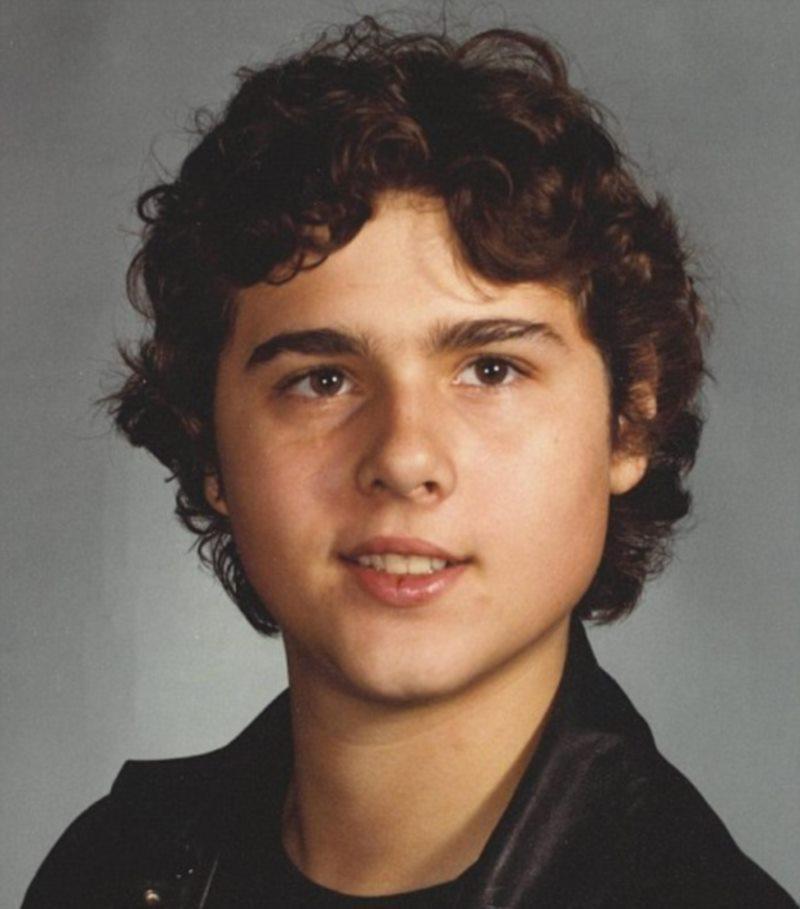
Money attributed those problems to a personal phenomenon, “just a phase”, but the parents weren’t so convinced and they stopped consulting him. Then they did what they were warned not to do: they told the truth to their children.
Brenda was relieved, but Briand was angry because he wasn’t the only boy in the family anymore. But, it was a relief to Brenda knowing she was never mad, she just had the wrong gender.
Shortly after that, Brenda became David, started to live as a boy, and received hormonal treatment. David received a money compensation for the failed circumcision and used it to pay a surgery to reconstruct his penis. Finally, David felt good on his own skin and gender.
David got married and – despite not being able to have children — was the happy stepfather of his wife’s three children.
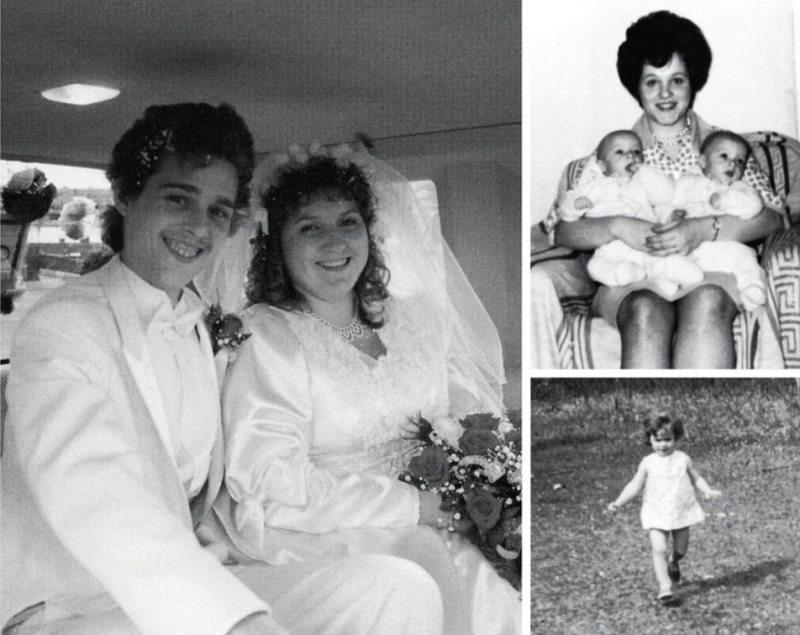
The revelation was a big shock to all members of the family. When David found out he and his brother were part of a published scientific study, and that study was considered successful, he suffered a severe emotional blow.
He couldn’t understand why his case was considered as a protocol in treatments for intersexual kids and people with damaged genitalia.
The revelation triggered a depression that made David lose his job and his family. When his brother Brian died of an overdose in 2002, David sank deeper into depression.
In 2004, when he was 38 years old, David killed himself.
David’s case proved forced gender reassignments are a failure. Doctors agreed the best moment to make that decision is during adolescence, when patients can choose.
David’s reassignment was a failure because he always identified as a boy, no matter how many female hormones he took, or if he dressed and was forced to live his life as a girl.
We all have our own gender identity, and we identify and feel comfortable with it. It doesn’t always match the biologic gender assigned at birth. That is something we now know thanks to David.
